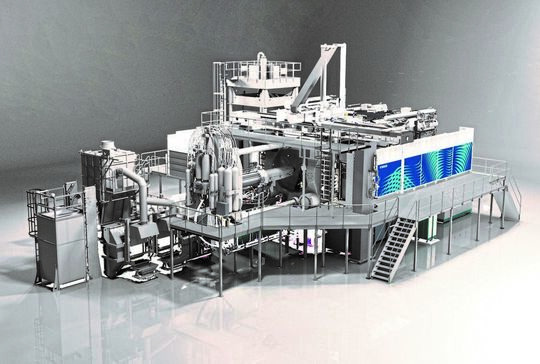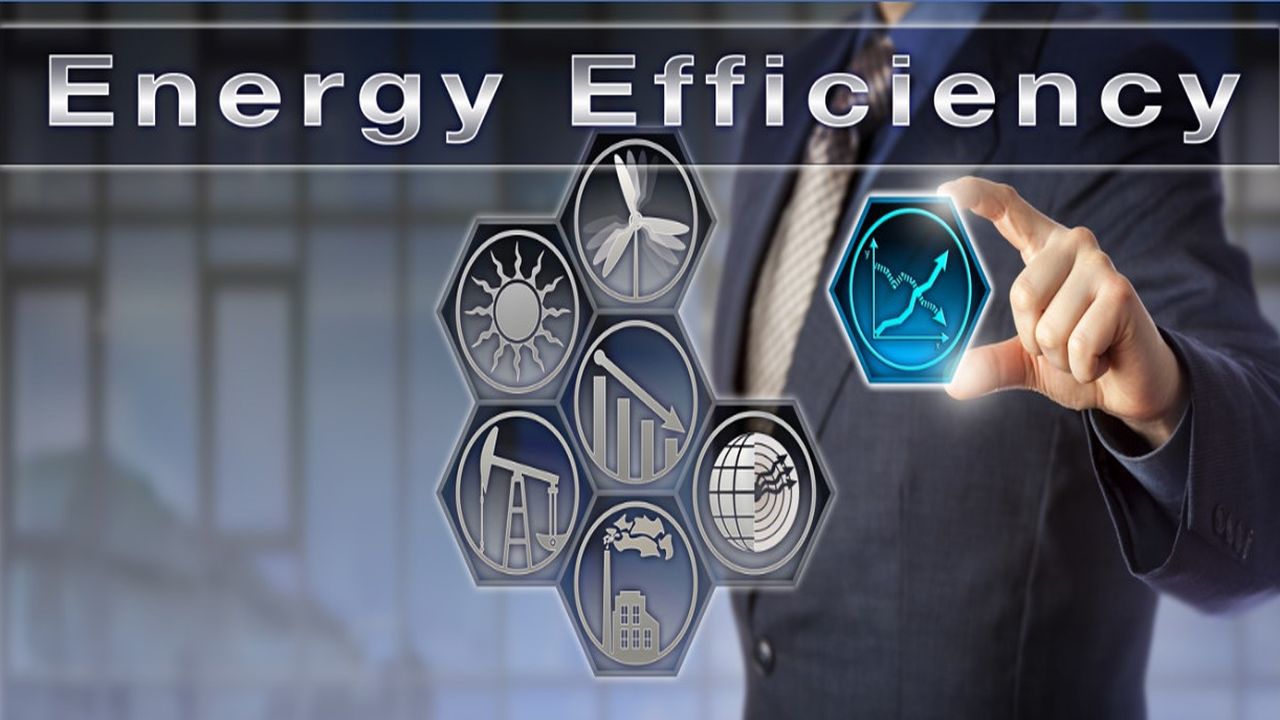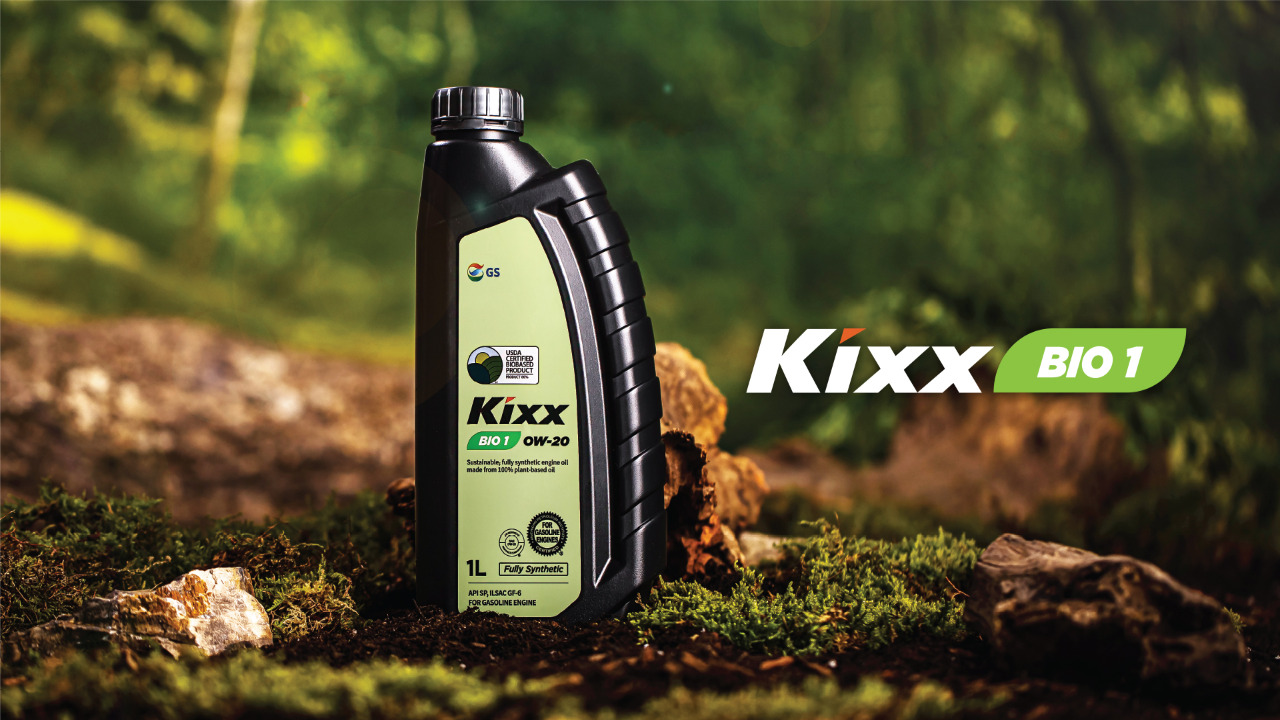As the world becomes increasingly conscious of environmental issues, the concept of sustainable product development is gaining attention across various industries. And businesses are under mounting pressure to make their manufacturing processes more eco-friendly. One such area where sustainable practices have made substantial strides is metal forming using the die-casting process. In this article, we explore the positive impact of die-casting on sustainable product development and how it contributes to a greener and more responsible future.
Sustainable Product Development

Sustainable product development aims to create products that have minimal negative impacts on the environment and society throughout their lifecycle. It involves considering environmental, social, and economic factors during the design, manufacturing, and usage phases. By embracing sustainable practices, businesses can reduce their ecological footprint and support long-term environmental conservation.
Resource Efficiency in Metal Forming
Die casting is a metal-forming technique known for its resource efficiency. Manufacturers can create complex and precise components with minimal material waste by injecting molten metal into molds under high pressure. The process uses only the necessary amount of metal, minimizing scrap and conserving valuable resources.
Energy Conservation in Die Casting

Modern die casting foundries prioritize energy conservation. Advanced technologies, like electrically powered die casting machines, have replaced older hydraulic systems, resulting in improved energy efficiency and reduced greenhouse gas emissions. Manufacturers are also implementing energy management practices to identify areas of improvement and minimize energy waste.
Durable and Lightweight Products
Die casting contributes to product durability and lightweight design. The strength and precision of die-cast parts result in longer product lifespans, reducing the need for frequent replacements and, in turn, lowering material consumption and waste generation. Lightweight die-cast components are extensively used in automotive manufacturing, leading to reduced fuel consumption and transportation emissions.
Sustainable Design Practices
Die-casting design flexibility enables engineers to optimize products for sustainability. By consolidating multiple parts into a single component, the need for additional assembly processes and materials is reduced, streamlining the production cycle and minimizing waste. Sustainable design practices prioritize longevity, recallability, and reduced environmental impact.
Eco-Friendly Lubricants

Die casting requires lubricants to facilitate the ejection of components from molds. Manufacturers are adopting bio-based and water-based lubricants that have a lower environmental impact compared to traditional petroleum-based ones. These sustainable lubricants are biodegradable and pose fewer risks to the environment.
Innovation for Sustainability
The pursuit of sustainability in the manufacturing sector has spurred continuous innovation in die casting. Research and development efforts focus on enhancing material properties, exploring new alloys, and finding ways to reduce resource consumption and emissions further. This commitment to innovation drives the industry towards a more sustainable future.
Wrapping Up
Die casting plays a crucial role in sustainable product development by emphasizing resource efficiency, energy conservation, and innovative design practices. As manufacturers embrace environmentally friendly approaches, the impact of die casting on sustainability becomes increasingly positive. By continuing to prioritize sustainable practices and technological advancements, the die-casting industry contributes to building a more responsible and resilient future for generations to come.
